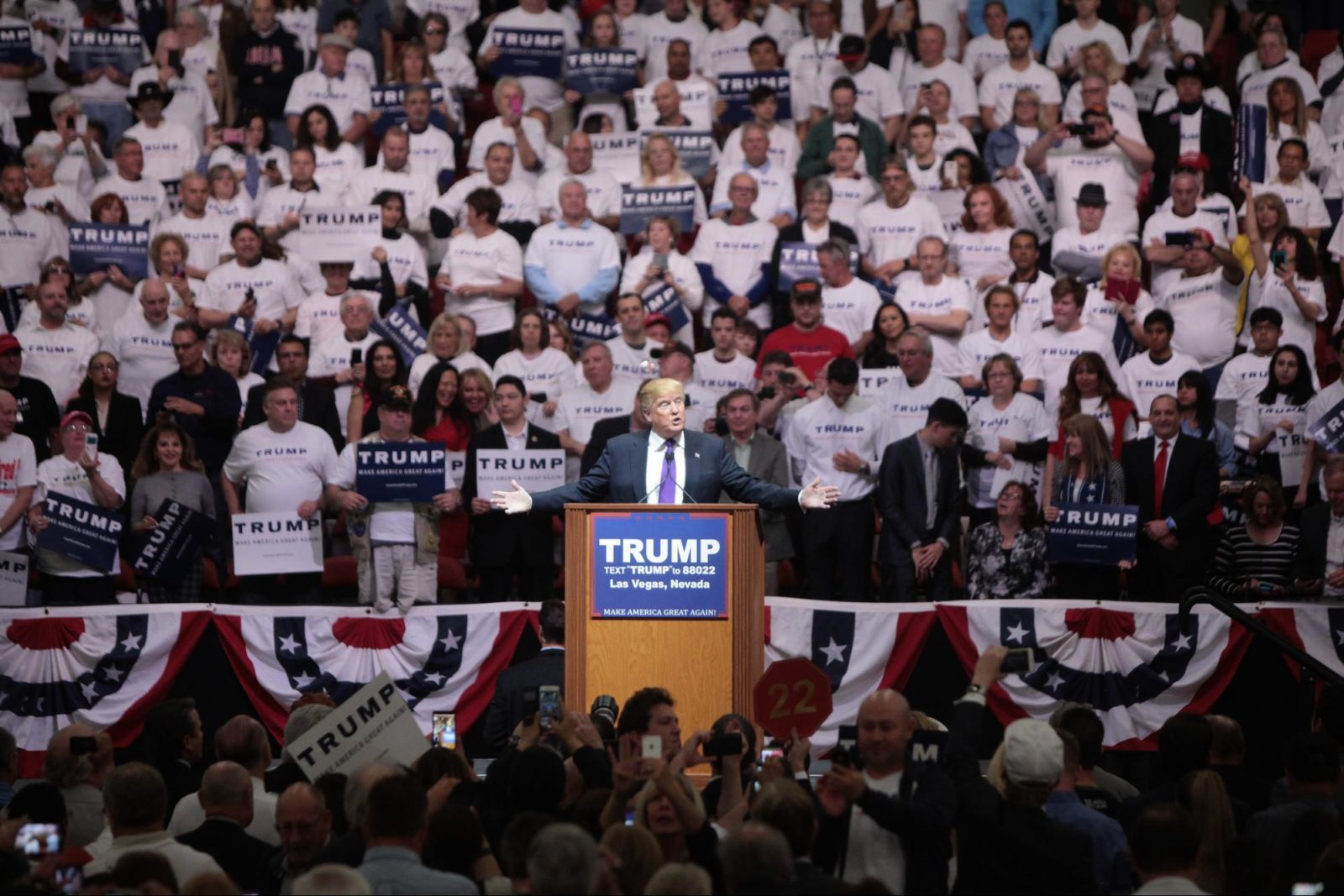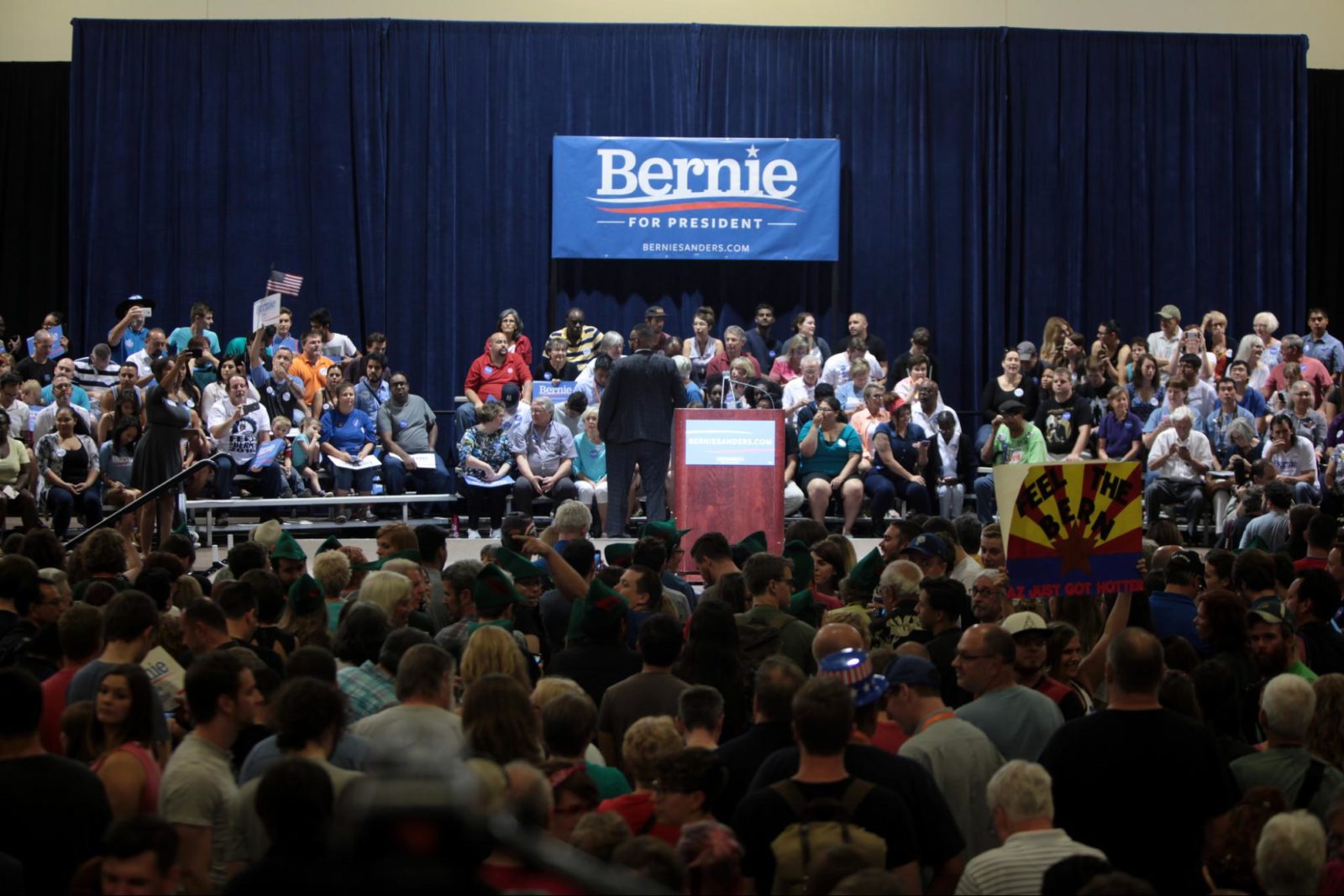What Event Planners Can Learn from Campaign 2016

The presidential campaign stop became an entirely new creature during this year’s election cycle. What used to consist of a few hundred people packed into Iowa diners and high school gymnasium was transformed into arena-filling spectacles of fervent allegiance. This was the year Bernie Sanders drew a crowd of 28,000 in Brooklyn and Donald Trump, 30,000, in Alabama.
In years past, campaigns’ advance teams were responsible for managing the equivalent of a large birthday party. This year, a blockbuster concert. That idea alone is enough to give most event planners night sweats, or in our case, a few really helpful pointers.
Investments of Time Have Real ROI
Campaign advance teams wear enough hats to fill a millinery. They’re part location scout, finding picture-perfect backdrops for their candidates’ appearances. They’re part reporter, finding people with stories that fit their plotline. And they’re part security pro, considering the safety of their candidate with each and every decision. The lesson here: the time invested in making things just right in the months leading up to an event is a true investment. The more time you put into research and vetting of your various options, the better the outcome will be.
Nothing is Left to Chance

There is one word rarely uttered among campaign staffs: “hopefully.” “Hopefully, people will make decent signs.” “Hopefully, we’ll get lucky and have the right people sit behind the candidate.” “Hopefully, the music will set the right tone.” The rarely discussed secret is that many of those “handmade” signs in a campaign crowd are made and distributed by the campaigns themselves. And the people standing ever-patriotically behind the candidate? Handpicked for everything from attire to demographics. Oh, and those theme songs? Every word is scrubbed for potential misinterpretation, and sometimes even focus-grouped for feedback. The result? A tidy event worthy of being used as B-roll in primetime commercials. The lesson here: making your event vision a reality is your responsibility. Take charge. Don’t leave it to chance.
Plan the Soundbite
Today’s distracted media consumer has presented a real challenge to modern campaigns: the weeks spent crafting long stump speeches and policy papers are almost always given less prominence than a few seconds of controversial or unexpected footage. The same can be said of your event. When asked, “how was the company party?,” few guests will sit their babysitter down to describe the high quality catering or pleasant music. But if there’s a standout moment, that will get passed along. The drunk speech. The fallen cake. Or, if you’re really lucky, the soundbite you wanted them to hear. The big announcement. The meaningful appreciation. That only happens if it’s planned and practiced. So what will your soundbite be? Plan for it, draw attention to it, and then cross your fingers that nothing more interesting happens.
Give Yourself a Break
Presidential Campaigns are staffed with the best advance teams, marketing pros, and event managers the country has to offer. They work with multi-million dollar budgets and have access to arenas, celebrities, and former heads of state. And yet, they all have their blunders. Before Martin O’Malley bowed out of the Democratic primary race, he took his campaign bus to Iowa to meet some of the state’s influential voters. Due to a snowstorm, the turnout was…not great. Just one man showed up to meet the Governor. And get this: after their one-on-one discussion, the attendee told the traveling press that he was still unsure who he would be voting for. That’s a bad day. So once you’ve meticulously planned, scouted, and prepared, give yourself a break. Even the best event planners can’t control the world.